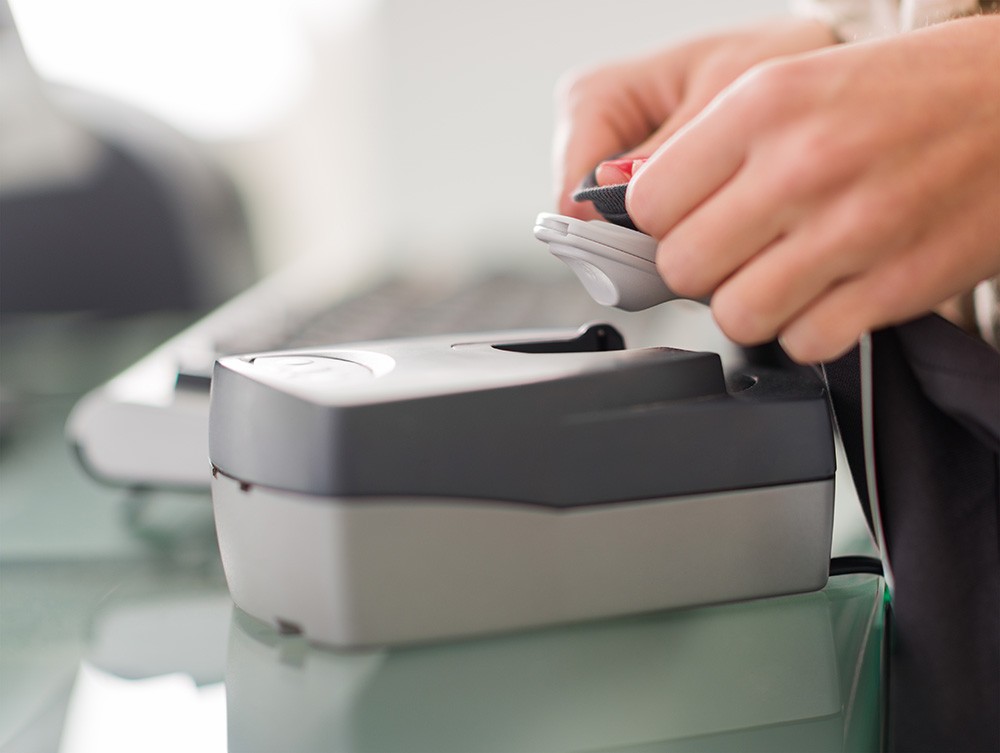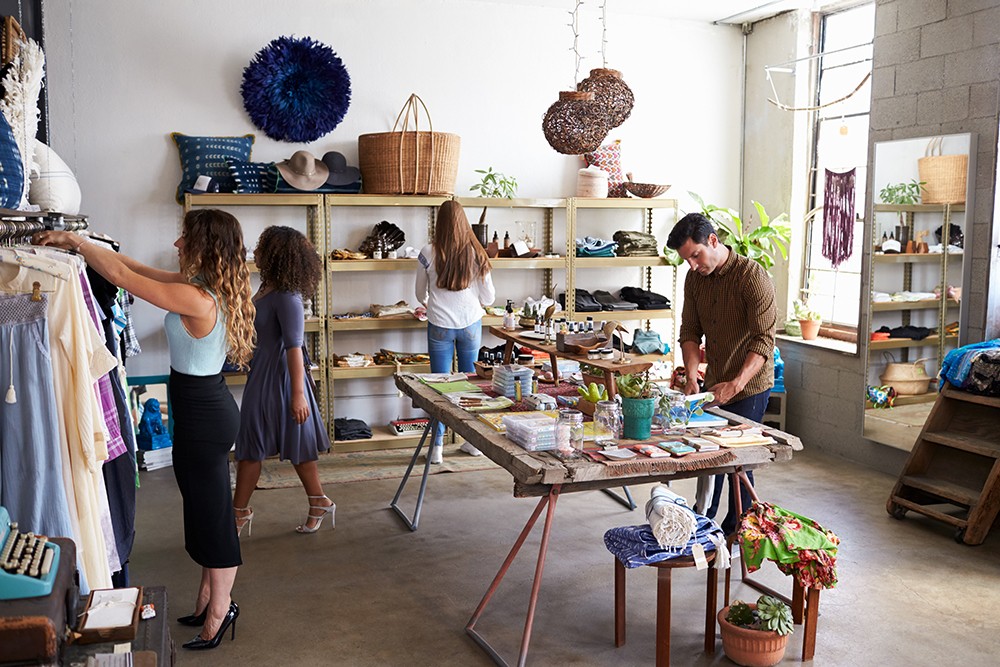
The top retail loss prevention strategies
Let’s be blunt – shoplifting and shrink costs US retailers big time, setting the industry back $46.8 billion in 2017 alone, according to the latest National Retail Federation survey.
Those figures don’t even take into account the cost of the time and effort involved in combatting the problem. Nor the price of implementing loss prevention strategies, which set the industry back a further $44.90 billion, according to the latest Global Retail Theft Barometer.
If you’re among the many retailers looking to curb the cost of shoplifting while ensuring maximum return on your loss prevention investment, here’s an insight into the top loss prevention strategies available.
The two levels
When it comes to loss prevention, strategies are broadly broken into two levels:
- Product level – which sees individual items protected, and
- Store level – which sees the entire store monitored and protected
As good loss prevention is about employing multiple strategies, most retailers tend to use techniques from both categories.
Here’s an insight into the most popular loss prevention strategies used at a product-based level…
Top product level loss prevention strategies
Electronic article surveillance
Comprising security tags, security labels and detection antenna, EAS remains the most popular technique for protecting individual items. Used by 68 per cent of retailers, it also ranks as one of the most effective strategies, curbing loss by up to 80 per cent.
However, when it comes to EAS implementation, the US falls below the international average. Globally, the Theft Barometer notes 73 per cent of retailers utilize EAS.
Spider wraps and security keepers
Similar to security tags and security labels, spider wraps and security keepers see merchandise fitted with a transmitter that activates an EAS alarm when a thief tries to remove an item from a store.
Unlike labels and tags, which are physically attached to the product, wraps and keepers go around the product as a plastic box (keeper) or a wrap (that resembles a spider web).
This strategy is utilised by 41 per cent of US retailers.
Shelving Solutions and Delayed Fixtures
Whether it’s lockable glass cabinets that secure merchandise, stop locks which restrict product access, or time-delayed locks which minimize how many products can be removed at a time, shelving solutions and delayed fixtures are the third most popular product-based loss prevention strategy used by US retailers, with 29 per cent of stores utilizing these methods.
Tethered cables
A further option many retailers employ is to physically tether their products to in-store displays. Broadly described as an advanced inventory control tactic, it’s a strategy used by 27 per cent of retailers and is particularly suited to electronics like mobile phones, tablets and computers.
EAS Pedestal Analytic Data Tools
In addition to immediately alerting retailers to a theft, EAS also enables store management to better understand shoplifting trends via data analytics so they can take further loss prevention measures in the future. This technique is used by 15 per cent of retailers.
RFID-based EAS
Although the Theft Barometer indicates RFID is employed by 12 per cent of retailers, the likelihood is this figure has increased in recent years as more and more retailers embrace the new technology.
RFID sees products fitted with small chips that can contain highly detailed information. It allows for inventory tracking and up-to-the-minute inventory counting. According to recent research, it can offer near-perfect supply chain accuracy of 99.9 per cent.
All these loss prevention strategies work to protect and safeguard individual merchandise at a product-based level.
In a future post, we uncover the top loss prevention strategies for protecting the entire store, inside and outside of trading hours.
If you’re looking to understand the best product security strategies for your store, or gain an insight into which security tags or labels are best suited to your retail environment, our staff are available to assist and can be contacted here.


